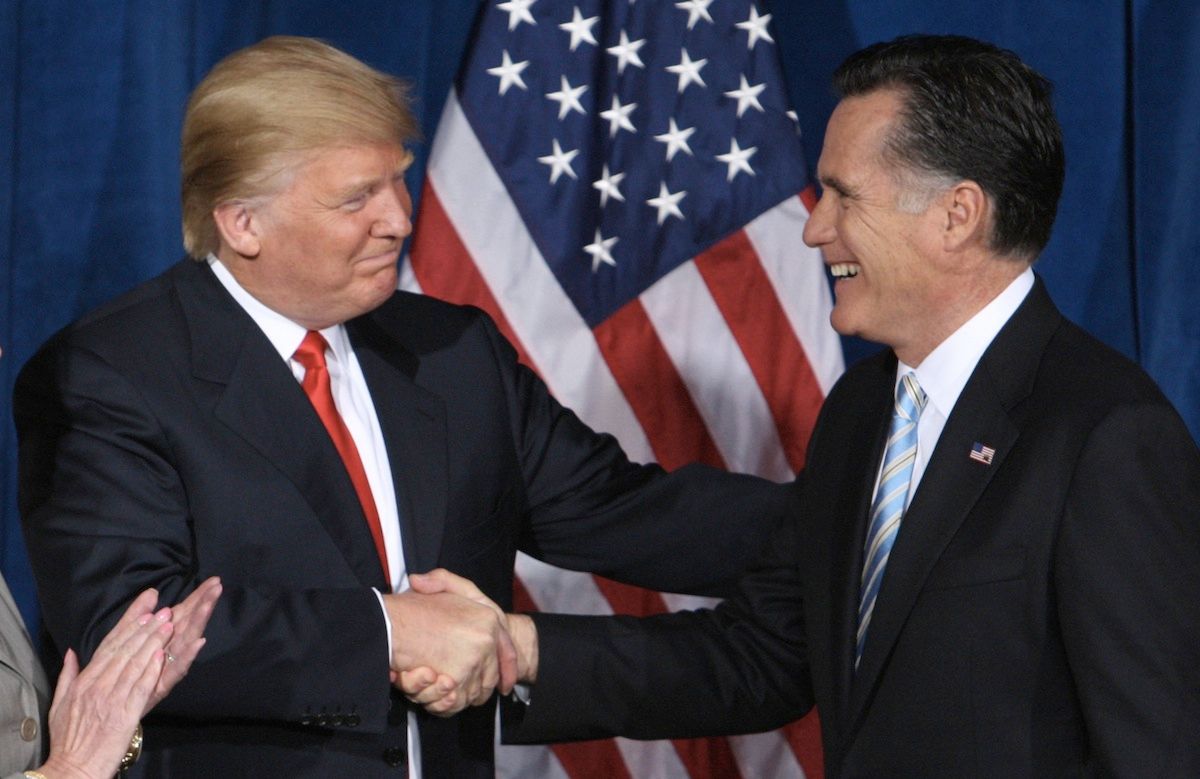You don’t have to be a Tea Party conservative to believe that the economy is threatened when there are too many “takers” and not enough “makers.” The “takers” who threaten the dynamism and fairness of industrial capitalism the most in the 21st century are not the welfare-dependent poor — the villains of Tea Party propaganda — but the rent-extracting, unproductive rich.
The term “rent” in this context refers to more than payments to your landlords. As Mike Konczal and many others have argued, profits should be distinguished from rents. “Profits” from the sale of goods or services in a free market are different from “rents” extracted from the public by monopolists in various kinds. Unlike profits, rents tend to be based on recurrent fees rather than sales to ever-changing consumers. While productive capitalists -- “industrialists,” to use the old-fashioned term -- need to be active and entrepreneurial in order to keep ahead of the competition, “rentiers” (the term for people whose income comes from rents, rather than profits) can enjoy a perpetual stream of income even if they are completely passive.
Rents come in as many kinds as there are rentier interests. Land or apartment or rental-house rents flow to landlords. Royalty payments for energy or mineral extraction flow to landowners. Interest payments on loans flow to bankers and other lenders. Royalty payments on patents and copyrights flow to inventors. Professions and guilds and unions can also extract rents from the rest of society, by creating artificial labor cartels to raise wages or professional fees. Tolls are rents paid to the owners of necessary transportation and communications infrastructure. Last but not least, taxes are rents paid to territorial governments for essential public services, including military and police protection.
All of these goods or services are necessary to make or distribute the goods and services generated by productive industry (which can be government-owned or nonprofit, as well as for-profit). If one or more of the sectors providing inputs or infrastructure to productive industry charges excessive rents, then industry can be strangled. Industry cannot flourish if too much rent is paid to landlords, if credit is too expensive, if excessive copyright protections stifle the diffusion of technology. Even progressives must concede that guilds or unions or professions can use the power of labor monopolies to demand excessive incomes for their members and that at some point high taxes really do strangle the economy. (The evidence of successful high-tax-big government countries like those of Scandinavia suggests that you can go safely up to about 40-50 percent of GDP going to government, assuming the taxes are well spent and raised largely by less-distortionary taxes including consumption, property and wealth taxes).
All of this suggests that, if we want a technology-driven, highly productive economy, we should encourage profit-making productive enterprises while cracking down on rent-extracting monopolies, whether they are natural products of geography and geology (real estate and energy and energy and mineral deposits) or artificial (chartered banks, professional licensing associations, labor unions, patents and copyrights). This is a valid distinction between “makers” and “takers.”
Unfortunately, with the exception of some leftist and liberal economic thinkers who distinguish “rentier capitalism” or “financial capitalism” from “industrial capitalism,” conventional political discourse doesn’t distinguish among profit-earning “makers” and rent-extracting “takers.” Many progressives and populists indiscriminately denounce “big business” and “the corporations” as though a productive consumer electronics manufacturer were no different than a company that monopolizes the tolls from a privatized municipal parking meter system. At the same time, the center-left, whose upscale supporters tend to be credentialed upper-middle-class professionals, tend to ignore the antisocial aspects of the rent-extracting schemes of the professional guilds — medicine, law and the professoriate — as well as of their elite accomplices, the credential-granting universities.
On the right, the greatest triumph of the rentier interests has been to redefine “capitalist” to mean, not productive entrepreneur or successful industrial company executive, but “anybody who makes money” — a category that includes not only investors in productive enterprises but also rentiers and a third category of speculators in unproductive assets (Picasso paintings and Persian rugs, as opposed to machine tool factories). In today’s rentier-friendly conservative ideology, somebody who makes payday loans at usurious interest rates, gouges businesses with high insurance rates, or gets paid tolls from a privatized toll road is as much a “maker” and an “entrepreneur” and a “capitalist” as someone who puts together a team of inventors, engineers, workers and investors to apply 3-D printing to printing replacement body parts. All money-making enterprises are supposed to be equally productive and socially useful, for no other reason than they make somebody rich.
A case can be made that the greatest threat to the future of industrial capitalism comes, not from excessive statism, but from the excessive share of the economy going to the “private taxation” of productive business by unproductive, parasitic private rentier interests. In the U.S., the rentier sector is sometimes described as the FIRE (finance, insurance, real estate) sector. The FIRE sector accounts for most of the rent-seeking in the U.S., although it does not include energy/mineral rentier interests or professional associations.
Without invoking a conspiracy, we can identify a Rentier Agenda that is harmful both to productive business and ordinary wage earners but promotes the policy goals of many of America’s large and influential rentier interests, particularly those in finance. The Rentier Agenda has three broad components: low taxes on rentiers, privatization of natural monopolies, and a macroeconomic policy driven by fear of inflation.
This is the first in a three-part series.

Shares